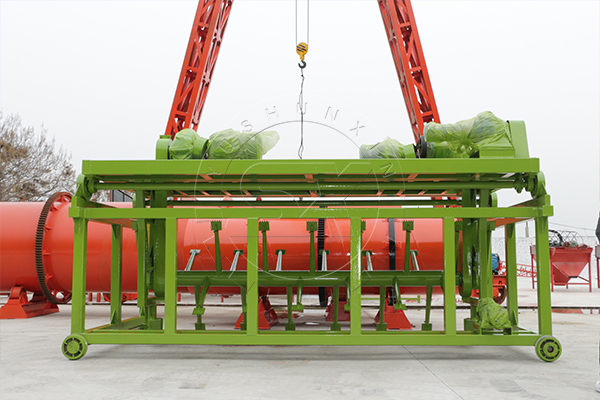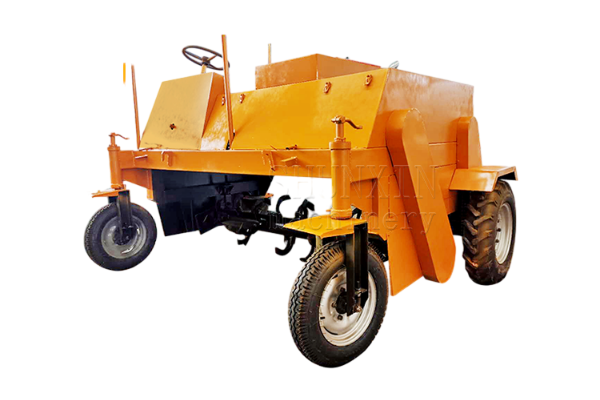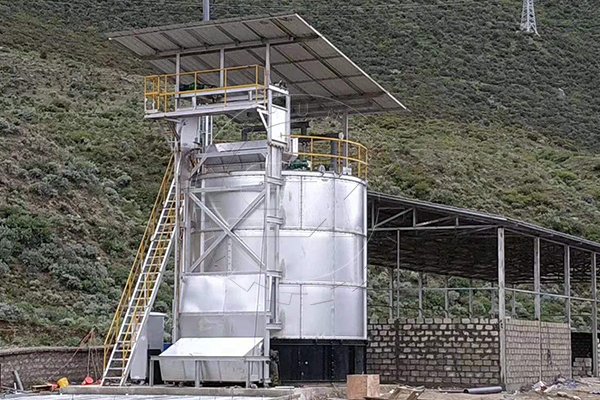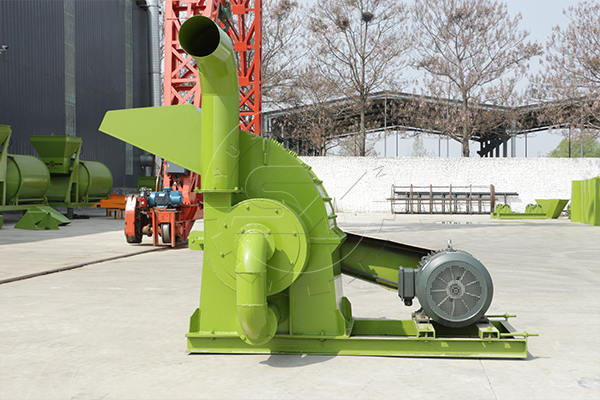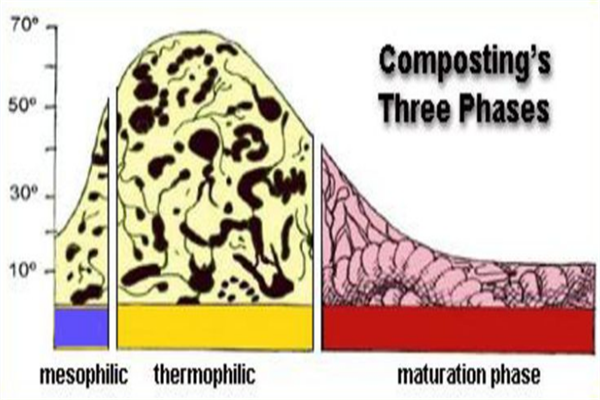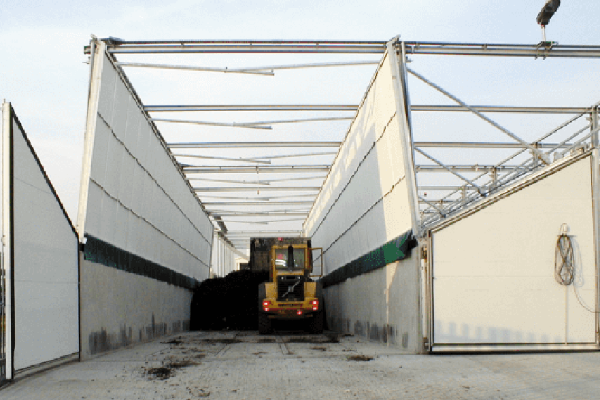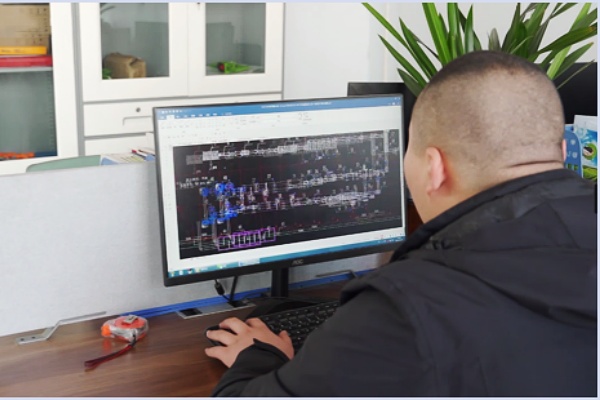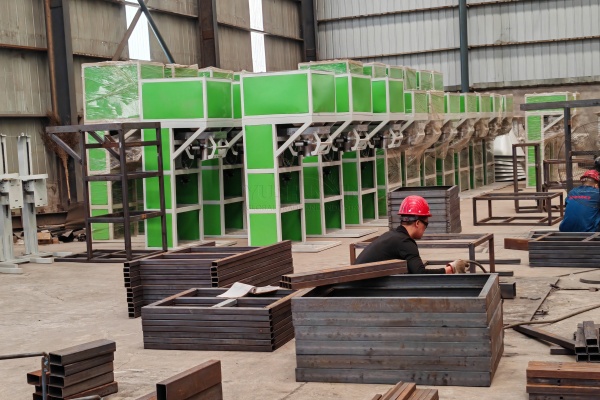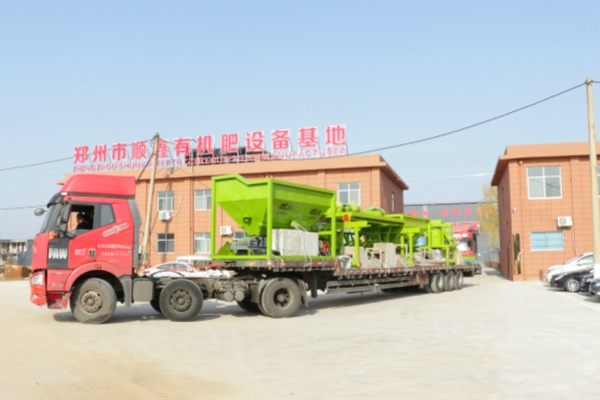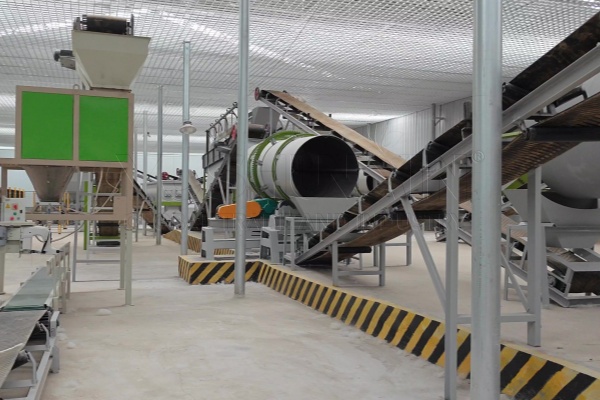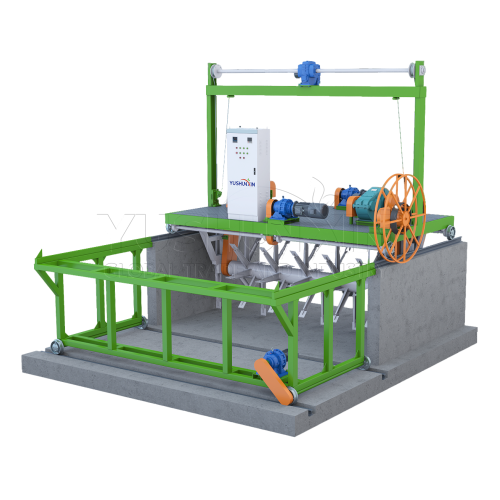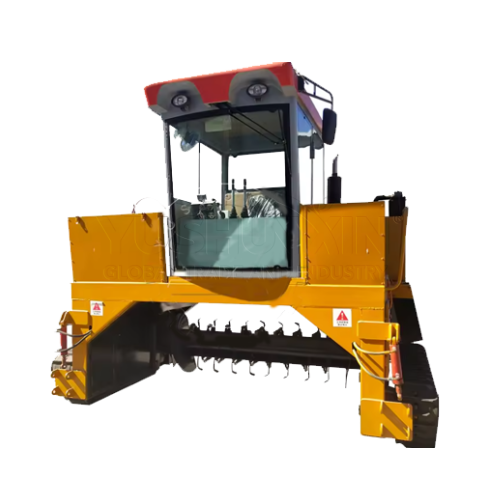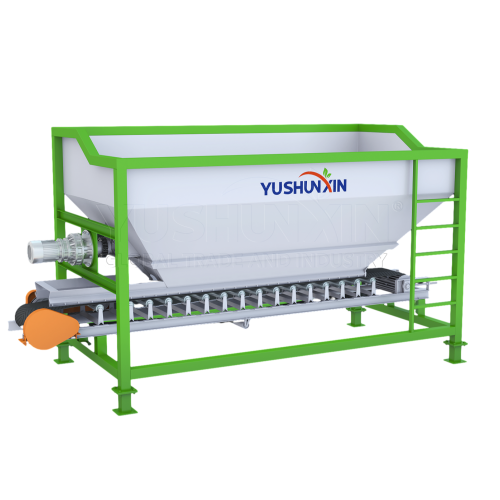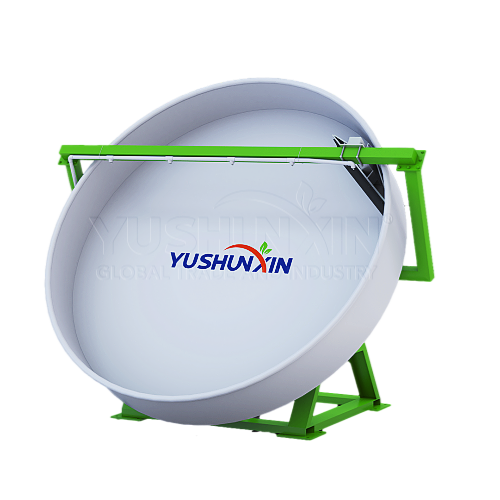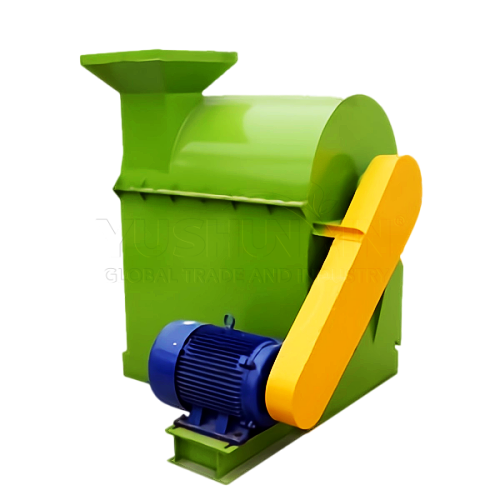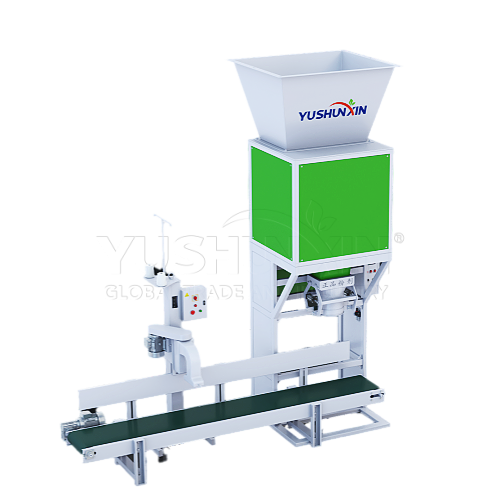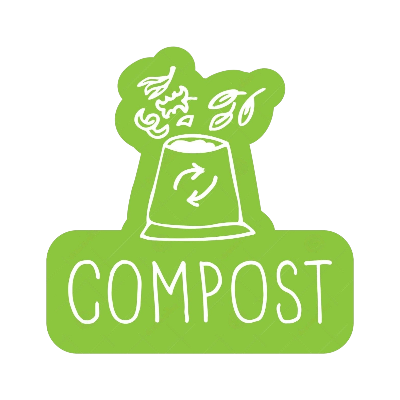
8 에스Teps입니다 시간OW 중소유하다 최고의 퇴비
8 최고의 퇴비를 만드는 방법에 대한 단계
퇴비 과정은 유기 폐기물을 유기 비료로 전환하는 가장 중요한 방법입니다.. 그러므로, 퇴비 공정의 제어는 비료의 영양분 조성과 식물의 흡수 및 이용에 직접적인 영향을 미치기 때문에 중요합니다.. 여기에 있습니다 8 최고의 퇴비를 만드는 방법에 대한 단계!
무료 견적을 위해 전화하십시오:
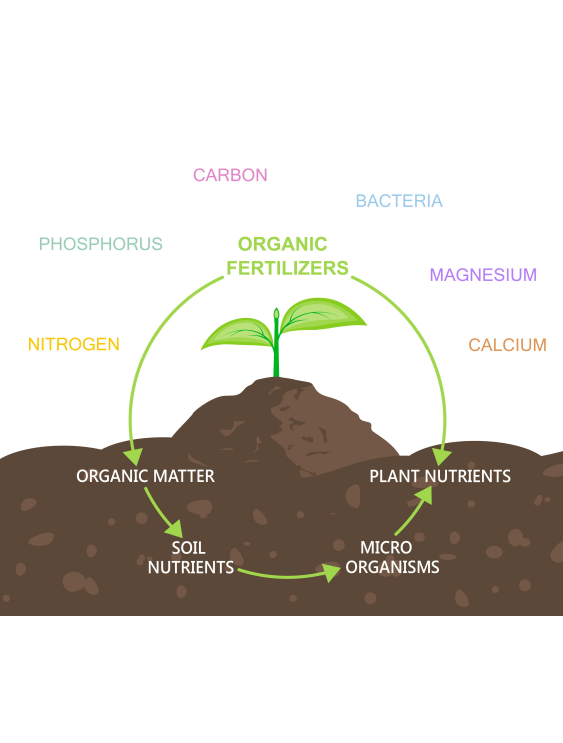
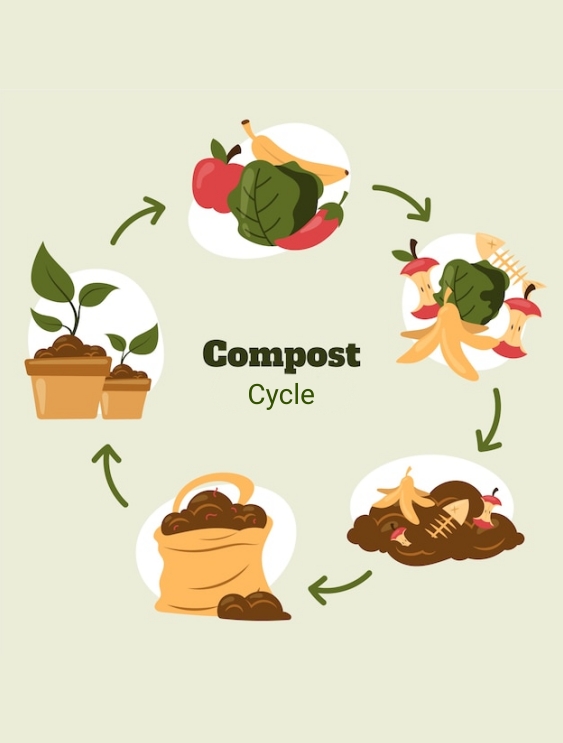
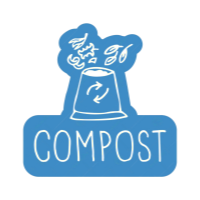
단계 1: 퇴비를위한 유기 폐기물 수집
티퇴비를위한 원료 선택은 비료 품질 향상의 주요 단계입니다.. 적절한 원료는 유기물 함량이 높아야합니다., 질소와 같은 충분한 영양소, 인산염, 그리고 칼륨, 그리고 더 낮은 소금 함량. 따라서, 이러한 원료 성분의 양과 백분율은 고유 한 요구 사항에 따라 선택해야합니다.. 그 동안에, 퇴비 재료를 선택하는 동안, 다양한 재료의 영양 및 화학적 함량을 고려하십시오, 습도와 밀도와 같은 측면.
퇴비 공정을 적용 할 수있는 재료?
다음과 같이 퇴비를 만들기위한 원료 선택의 세 가지 범주가 있습니다..
두 번째 물질
분해 촉진일반적으로 말하면, 이 물질은 일반적으로 더 많은 수소를 함유하고 분해 박테리아가 풍부합니다., 인간과 같은 & 동물 분뇨 또는 소변, 하수 오물, 누에 배설, 식물 재, 라임, 등. 게다가, 일부 산업 유기 폐기물은 퇴비에 사용할 수 있습니다., 증류기 곡물과 같은, 펄프 폐기물, 등. 이 물질의 유기물은 미생물의 영양원 역할을 할 수 있습니다..
세 번째 물질
강한 흡수로암모니아의 휘발을 예방하고 줄이기 위해, 소량의 이탄을 추가 할 수 있습니다, 점토, 게다가 수퍼 포스페이트 또는 퇴비 공정 동안 인산암 분말. 따라서, 또한 퇴비의 비료 효율을 향상시킬 수 있습니다.
메모:
- 당신은 금기에주의를 기울여야합니다, 예를 들어, 제초제와 살충제가있는 식물은 퇴비 과정에서 적용 할 수 없습니다..
- 게다가, 식물에 부정적인 영향을 미치기 위해 중금속과 유해 화학 물질을 함유 한 재료를 사용하지 않는 것이 중요합니다..

단계 2: 퇴비 온도 제어
티황제는 퇴비 과정에서 미생물 활동과 유기물의 분해에 중대한 영향을 미칩니다.. 우선, 고온 퇴비 (~ 위에 60℃) 유기 폐기물의 고장 속도를 높이고 퇴비화 효율을 향상시킬 수 있습니다.. 하지만, 과도한 온도로 인해 특정 영양소가 손실 될 수 있습니다..
에프또는 다른 것, 적당한 온도에서 퇴비 (40-60℃) 저온 (≤40℃) 일부 위험한 화합물의 생성을 제한 할 수 있습니다, 퇴비 기간이 더 길어집니다. 결과적으로, 이 과정에서, 현재 상황에 따라 퇴비 온도를 조정해야합니다..
퇴비 온도를 효과적으로 제어하는 방법?선택한 여러 유형의 퇴비 기계!
비료 식물은 퇴비 온도를 직접 제어 할 수 없습니다, 그러나 그것은 간접적으로 규제 될 수 있습니다 퇴비 기계. 당사 장비는 회전 속도와 주파수를 조정하여 퇴비 온도를 관리 할 수 있습니다..
여기, 우리는 당신에게 선택할 공간을 제공하기위한 제품 시리즈를 간단히 소개 할 것입니다..

단계 3: 퇴비 수분 조절
퇴비 습도는 퇴비화 품질에 영향을 미치는 또 다른 주요 요소입니다. 과도한 습도는 퇴비가 열악하고 미생물 발달을 방해 할 수 있습니다., 수분이 충분하지 않으면 유기물의 분해 속도가 지연 될 수 있습니다.. 일반적으로, 재료의 수분은 50%-70%.
퇴비 과정에서 수분을 제어하는 방법?
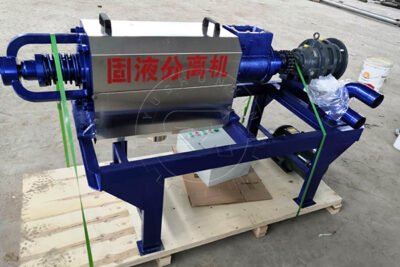
스크류 프레스 탈수 기계
전처리 과정에서, 더미를 놓거나 먼저 퇴비를 돌리십시오, 원자재의 물은 가능한 한 충분해야합니다.. 특히, 원자재의 수분이 열악한 경우, 상부 재료에 하위보다 더 많은 물을 공급해야합니다.. 반대로, 물이 넘어지면 60%, 우리는 우리를 사는 것이 좋습니다 스크류 프레스 탈수 기계 미리 탈수.

자체 추진 된 층
이 과정에서 수분 함량을 제어하는 두 가지 방법이 있습니다..
- 첫 번째, 발효 그루브 벽에 워터 파이프를 설치하여 수분 함량을 증가시키기 위해 스프레이 할 수 있습니다..
- 둘째로, 우리는 스프링클러를 사용자 정의 할 수 있습니다 퇴비 터너 고객의 요구 사항에 따라.
이런 식으로, 퇴비 작업을 수행하고 동시에 물을 공급할 수 있습니다. 게다가, 퇴비의 수분도 균일합니다.
재료의 온도가 아래에 안정화 될 때 40℃, 더미를 뒤집을 때 물을 추가 할 필요가 없다고 제안합니다., 그렇지 않으면 발효 후 효과에 영향을 미칩니다.

단계 4: 퇴비의 폭기 개선
좋은 환기는 퇴비 과정에서 미생물의 호흡과 유기물의 분해 속도를 촉진 할 수 있습니다.. 따라서, 더미를 뒤집거나 짚과 같은 통기성 재료를 추가하여 퇴비의 폭기를 증가시킬 수 있습니다..

단계 5: 더 나은 발효 효과를위한 성분 혼합물
퇴비 과정에서, 다른 원료의 혼합은 유기물의 분해와 영양소의 상호 작용을 촉진 할 수 있습니다.. 따라서, 재료를 혼합 할 때 다음 사항을 기록해야합니다.:
에프멍청하게, 원자재를 미리 처리해야합니다 (분쇄와 같은, 상영, 등.) 혼합 및 퇴비 공정을 용이하게합니다.
우리의 퇴비 분쇄기 생체 유기 비료 발효 및 퇴비에 널리 사용됩니다.. 예를 들어, 우리는 있습니다 반 습식 재료 크러셔 대변과 같은 높은 습도 재료를 위해 특별히 설계되었습니다, 그리고 또 다른 끈 분쇄기 나무 가루. 그리고, 둘 다 재고가 있습니다.

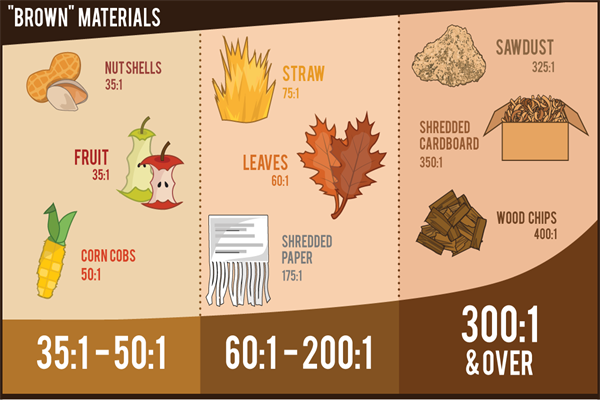
에스Econdly, 퇴비의 품질과 효과를 보장하기 위해 원료의 특성과 비율에 따라 합리적인 믹싱을 수행해야합니다..
- 정상적인 상황에서, C/N 비율은 그 사이의 규제 여야합니다 20:1-30:1. C/N 비율이 너무 낮은 경우, 암모니아 비료를 추가 할 수 있습니다 (예를 들어. 요소); C/N 비율이 너무 높으면, 셀룰로오스를 추가 할 수 있습니다, 등.
에프inally, 좋은 혼합 상태를 유지하려면 퇴비 재료를 정기적으로 돌려야합니다..

단계 6: 퇴비의 정기적 인 회전

단계 7: 퇴비에 미생물 첨가
미생물 추가는 퇴비화 효율과 품질을 향상시키는 효과적인 방법입니다.. 일부 특별한 미생물과 같은 actinomycetes 유기 물질의 분해를 영양소로 가속화 할 수 있습니다, 따라서 퇴비의 영양가를 향상시킵니다.
퇴비 과정에서 수분을 제어하는 방법?

단계 8: 퇴비 생산 공정 중 냄새 방지
냄새는 주변 환경 위생에도 부정적인 영향을 미칩니다., 그러나 농업 생산성과 식물 발달.
다음은 냄새 예방에 대한 몇 가지 접근법입니다:
요컨대, 이것들 8 최상의 퇴비를 만드는 방법에 대한 단계는 퇴비 과정을 효과적으로 최적화하고 비료의 품질을 향상시킬 수 있습니다.. 실제 수술에서, 실제 상황과 수요에 따라 특정 선택 및 응용 프로그램을 만들 수 있습니다.. Shunxin 신뢰 지향을 준수합니다, 우수한 품질, 유리한 가격, 서비스의 친구들을 따뜻하게 환영합니다.

지금 무료 견적을 받으십시오!



